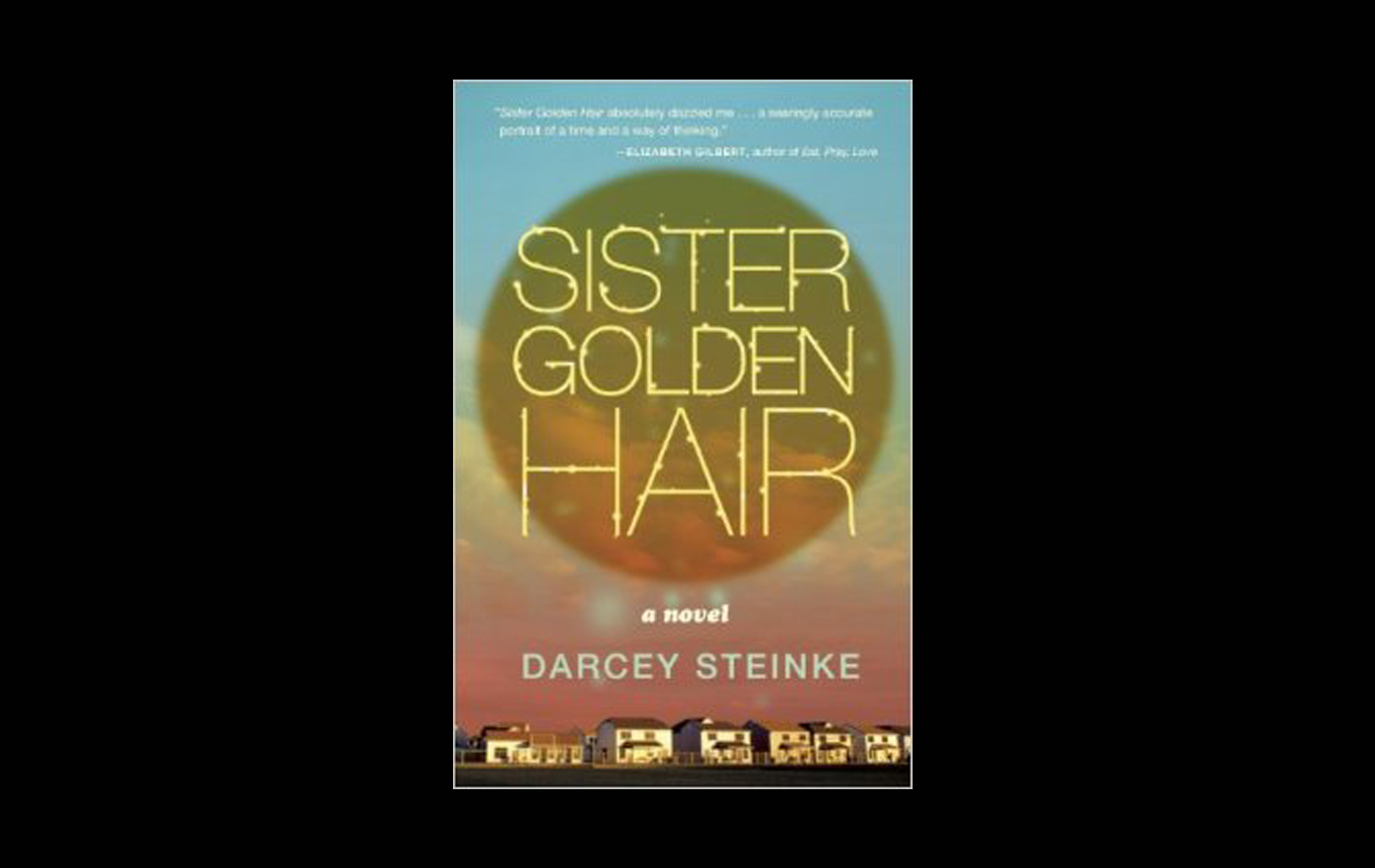Readers follow Jesse’s coming-of-age tale through multiple perspectives and frank narration.
by Joanna Demkiewicz
It seems we forgot what it’s like to be a girl.
It seems that way only because of the recent inundation of girlhood tales: Caitlin Moran’s How To Build A Girl, Dylan Landis’s Rainey Royal, Eimear McBride’s A Girl Is A Half-Formed Thing, and most recently, Darcey Steinke’s Sister Golden Hair (Tin House Books), out October 14.
And why not? These texts redefine girlhood. This isn’t YA stuff–these girls masturbate, bully, flirt, run away from home, do drugs, sit in smoky rooms with pedophiles and try to find their places in a world of sex, opportunity, competition and danger.
To capture the nuances of adolescence takes backbone. Those awkward years are when we form our opinions while still feeling unsure how we can voice them, when our eyes are like gills, filtering everything in. Sister Golden Hair has backbone, and an observant protagonist, Jesse, who’s wiser than she knows.
Jesse is 12 when we meet her, and moving to a subdivision called Bent Tree in Roanoke, Virginia near the Blue Ridge Mountains. It’s 1972 and her dad is a pastor-turned-hippie, her stay-at-home mom a pessimist who’s a little too nostalgic for the days when she looked like Grace Kelly. Both parents are distracted–her father transitions from pastor to atheist to believer in Che Guevara as Jesus to a regular at dream therapy meetings–and Jesse turns to her Bent Tree neighbors for the lessons her parents can’t give.
The novel is broken into chapters of the women–and one boy–who teach Jesse the most. From Sandy she learns how to avoid tan lines and that married men who give you gifts will probably never leave their wives. In Jill she finds a best friend so akin to a sister that she’s willing to do crazy things: she smokes dried beans with Jill in a bathroom at the mall; she sneaks away at night so Jill can make out with a boy; and she keeps a dangerous secret in order to protect Jill from Child Protective Services.
Steinke allows Jesse to age through the novel, and we witness her ambivalent response to the overwhelming combination of getting boobs and being exposed to the outside world: “Nixon had resigned and I’d gotten my period, but not much else had changed besides my bra size,” Jesse says at 15.
The generational details serve as a secondary character. Steinke perhaps borrowed from her own history–she grew up in Roanoke in the 1970s–to spread the butter of ‘70s culture. Jesse is afraid of any man who looks like Charles Manson–“Jill and I spent much of our time talking about girls held captive by men. Most horrifying were the Manson girls, particularly the one near our own age named Snake…The crazy thing was, the thing we could not get our mind around no matter how hard we tried, was that even during the trial, she was calling her captor on the phone.”
Jesse also reads aloud from Fear of Flying, and even though she doesn’t fully understand the “zipless fuck,” it makes her laugh, and she thinks about sex being that easy while practicing her Playboy Bunny moves. “I wasn’t sure yet if I was headed toward good girl or whore,” she thinks while studying the Playboy clientele with her neighbor Sheila, a friend who sometimes locks her in her closet just to show she’s the one in control.
And in fact, Jesse is never in control, not even with her best friend Jill. Her willingness to follow, not lead, is because she wants to please and learn, but I started to wonder if we’d ever see her agency.
Eventually, we do. “I wanted my own story to get going. Not my mother’s story or my father’s story, not Sandy’s story, or Jill’s, or Sheila’s, but mine,” she says. Steinke lets her live–there’s no rush to give Jesse a perfect ending with lessons learned and resolutions forged. That felt real to me.
[hr style=”striped”]
Joanna Demkiewicz is The Riveter‘s co-founder and co-editor. Find her on Twitter at @yanna_dem.




